Creating Inclusive Learning Spaces for Autistic Students Amid Noise Challenges
Understanding the Complex Relationship Between Noise and Autism
Noise plays a significant role in influencing the learning environment and overall experience of individuals with autism spectrum disorder (ASD). Sensory sensitivities, including decreased sound tolerance and hyperacusis, are common features that can hinder concentration, learning, and social engagement. This article explores how noise impacts learning outcomes, the neurophysiological basis of noise sensitivities, and strategies to foster more inclusive educational settings for autistic learners.
Impact of Noise on Learning Outcomes in Autism
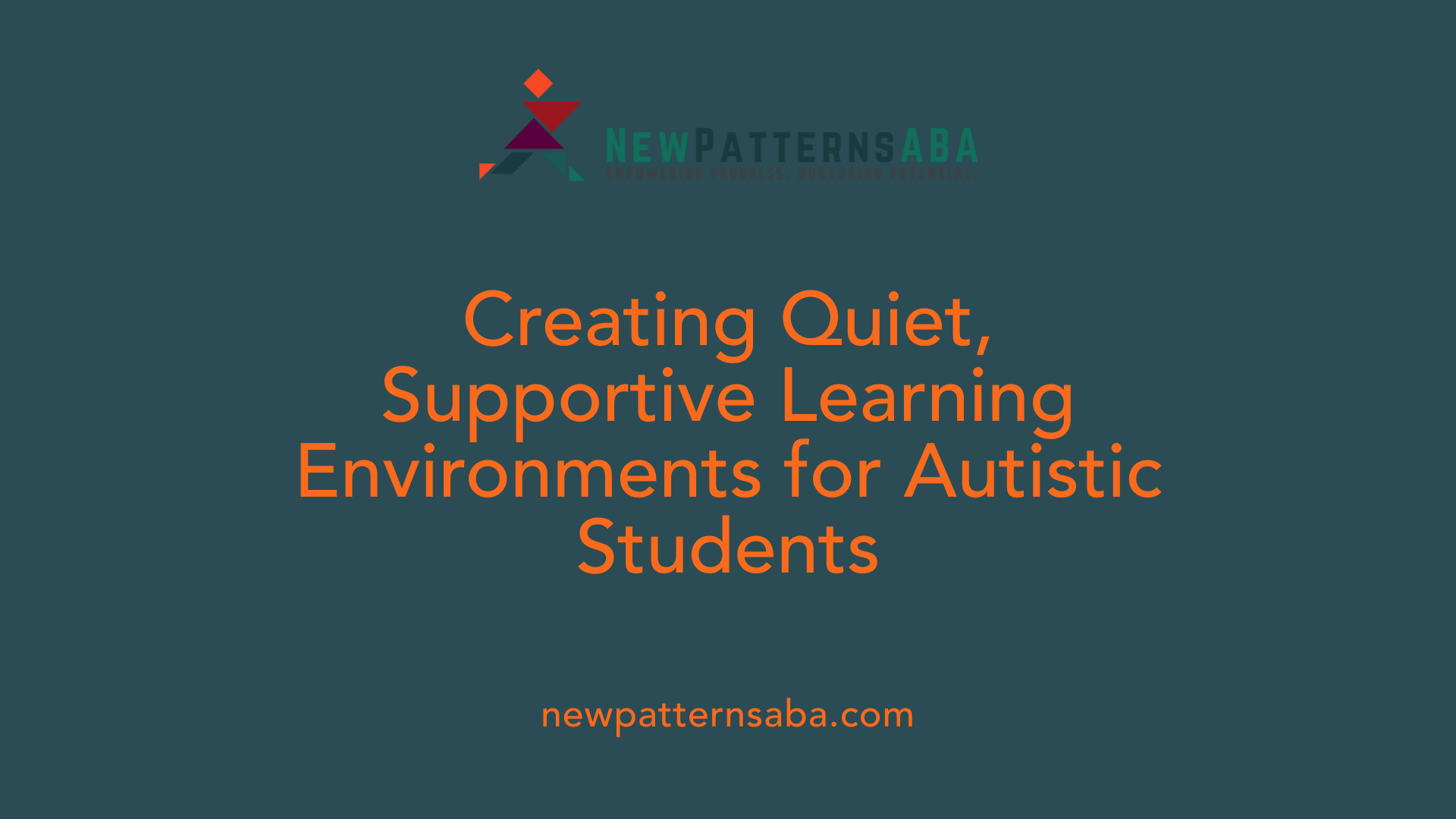
How does noise affect focus and information processing in autistic individuals?
Children and adolescents with autism often show heightened sensitivity to environmental noise, which can interfere with their ability to concentrate and process information. Many autistic children, despite not having hearing impairments, may ignore sounds during behavioral tests due to attention challenges, highlighting that sensory responsiveness rather than hearing loss affects their focus. In classroom settings, background noise can create a distracting environment, making it harder for autistic students to comprehend speech and follow instructions.
Research indicates that noise influences neural responses in sensory and emotional brain regions, with increased activity in structures like the amygdala during noise exposure. This hyperactivation can lead to discomfort and distractibility, further impairing learning. Additionally, behaviors such as covering ears are common reactions to noise, signaling distress that hampers engagement.
What is the relationship between noise and task difficulty?
Studies demonstrate a complex interaction between noise, task difficulty, and performance in autistic individuals. When faced with simpler tasks, such as a forward span memory test, both autistic and typically developing peers tend to perform better in noisy environments, consistent with the Yerkes-Dodson Law, which suggests moderate arousal can enhance performance. Conversely, more demanding tasks like backward span assessments are slightly impaired by noise, especially when the tasks require higher cognitive effort.
For autistic students, increased arousal from noise often correlates with poorer performance on difficult tasks. While physiological responses like elevated heart rate (autonomic arousal) are associated with better performance on easier tasks for neurotypical peers, they tend to be detrimental for those with autism during complex tasks. Skin conductance levels (SCL) studies reveal that heightened arousal can negatively affect performance in challenging conditions, indicating that sensory overload can hinder learning in more complex cognitive activities.
How do physiological markers reflect noise-induced arousal?
Physiological responses such as heart rate and skin conductance provide insights into how noise impacts individuals with autism. Both groups exhibit increased heart rates when noise is introduced during simple tasks, showing heightened autonomic arousal. However, only autistic adolescents show sustained increases in heart rate during more difficult tasks with noise, suggesting a persistent state of hyperarousal.
Increased skin conductance levels are associated with worse performance in tough tasks, especially in autistic individuals, emphasizing that noise-related arousal can be disruptive rather than beneficial. These markers highlight that sensory sensitivities in autism extend beyond subjective discomfort to measurable physiological states that affect cognitive performance.
Strategies for creating supportive learning environments
Reducing background noise and improving acoustics in educational settings are crucial for autistic students. Architectural modifications like soundproof walls, carpets, acoustic tiles, and draperies help minimize echo and reverberation. Additionally, controlling external noise infiltration and providing quiet spaces can alleviate sensory overload.
Implementing such environmental modifications can help optimize learning experiences and reduce stress for autistic learners. Recognizing individual differences in noise tolerance and sensory sensitivities is essential for tailoring classroom accommodations and promoting inclusive education.
| Aspect | Effects in Autism | Strategies |
|---|---|---|
| Focus and processing | Distractibility, inattentiveness | Acoustic modifications, noise-canceling headphones |
| Physiological responses | Increased heart rate, skin conductance | Soundproofing, environmental adjustments |
| Performance | Impairment in complex tasks | Reduced noise levels, sensory-friendly design |
| Behavioral reactions | Ear covering, distress | Creating calm zones, auditory accommodations |
Overall, effective noise management and tailored environmental strategies are vital to support learning and well-being in autistic individuals, fostering better educational outcomes and sensory comfort.
Neural and Physiological Responses to Noise in Autism
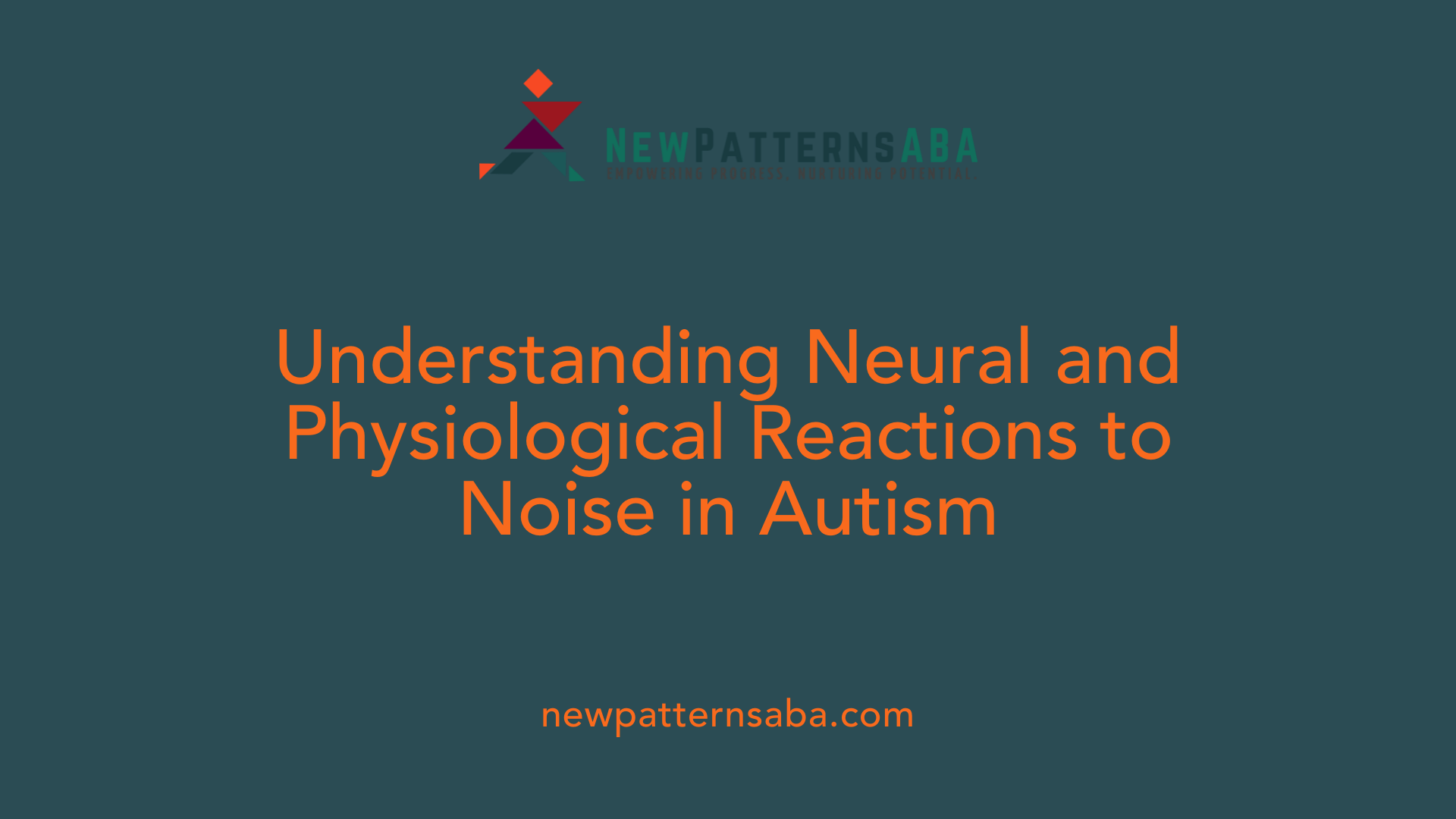
How does noise sensitivity affect sensory processing in autism spectrum disorder?
Noise sensitivity in autism plays a significant role in shaping how sensory information is processed. Many individuals with ASD experience hypersensitivity, where certain sounds become overwhelmingly distressing or painful. This hyperreactivity is linked to heightened neural responses within auditory pathways, due to factors like enhanced central auditory gain and possible disruptions in neural excitation and inhibition balance.
Research indicates that brain regions such as the amygdala and other parts of the limbic system show increased activity when autistic individuals are exposed to noise, reflecting increased emotional and sensory salience. These heightened neural responses often lead to difficulties in habituating to sounds, resulting in sensory overload and behavioral reactions such as covering ears or withdrawal.
The presence of sensory hyperreactivity influences daily life substantially. It contributes to anxiety, avoidance of noisy environments, and challenges within educational and social settings. Environmental modifications including noise-canceling devices, quiet zones, and acoustic treatments can help reduce discomfort.
Physiologically, increased autonomic arousal during noise exposure is common among autistic individuals. For example, studies show an increase in heart rate and skin conductance levels that correlate with sensory sensitivities. While typically developing peers exhibit some adaptive responses, individuals with ASD may experience continuous arousal during challenging auditory stimuli, exacerbating sensory processing difficulties.
Understanding these neural and physiological mechanisms emphasizes the importance of adapting environments to lessen noise-related distress. By integrating such strategies, we can better support the sensory needs of those with autism, helping improve their focus, comfort, and overall well-being.
| Aspect | Typical Response | Response in Autism | Additional Details |
|---|---|---|---|
| Brain Activity | Normal sensory habituation | Increased activity in sensory and limbic regions | Enhanced neural activation linked to hyperreactivity |
| Heart Rate | Slight increase during noise | Significant, sustained increase | Indicative of autonomic arousal and distress |
| Skin Conductance | Stable | Increased levels correlating with noise | Highlights sympathetic nervous system involvement |
Effects of Noise on Behavior, Wellbeing, and Social Functioning
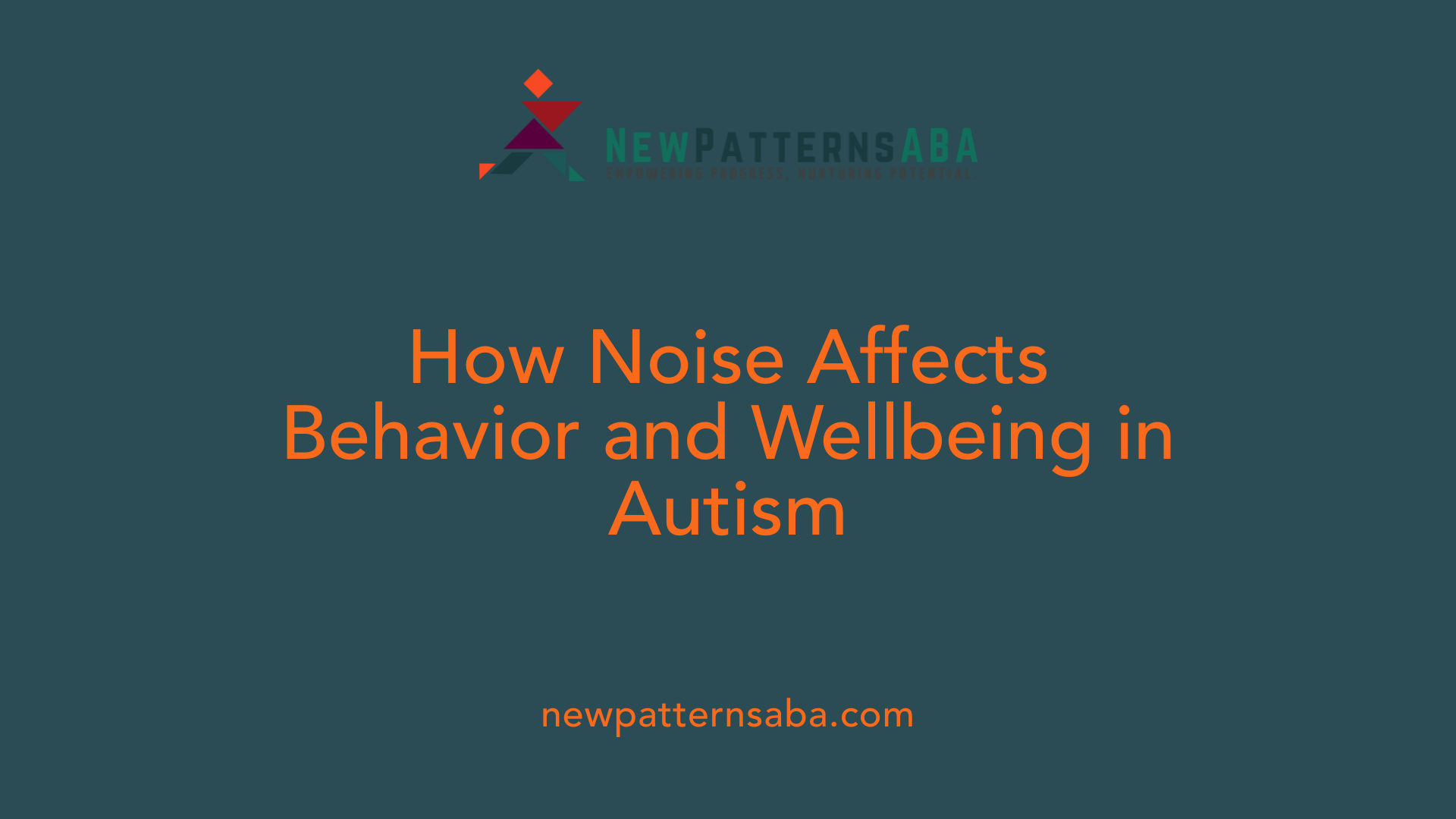
What are the effects of noise on behaviour, wellbeing, and social functioning in autistic individuals?
Autistic individuals often experience significant impacts from environmental noise, which can influence their behavior and emotional state. Increased sensory sensitivities mean that certain sounds can trigger sensory overload, leading to anxiety, distress, and even challenging behavior. For example, many children with autism covering their ears or seeking quiet environments underscore how noise can be physically painful or intolerable.
Research highlights that background noise can impair focus and communication. In classrooms or public areas, excessive or unpredictable sounds can hinder speech understanding and social interactions, making it harder for autistic individuals to participate fully.
Furthermore, noise sensitivity and hyperreactivity are linked to neural differences. Brain imaging studies show greater activity in regions associated with sensory processing and emotional regulation, like the amygdala, when these individuals are exposed to noise. These altered neural responses can contribute to difficulties in social engagement.
While moderate noise levels might sometimes serve as energizers, higher noise levels or reverberant environments tend to exacerbate stress. As a result, many autistic people experience disruptions in daily routines, increased anxiety, and withdrawal from social situations.
Environmental interventions are vital. Use of soundproofing measures, such as acoustic tiles and carpets, as well as sensory accommodations like quiet zones and noise-canceling devices, help create supportive spaces. These modifications allow autistic individuals to better manage sensory input, reducing emotional distress and promoting more positive social participation and overall wellbeing.
Enhancing acoustic environments in schools, workplaces, and public spaces addresses these needs, fostering inclusive settings where autistic individuals can thrive without the burden of overwhelming noise.
Challenges Faced by Autistic Children in Noisy Educational Settings
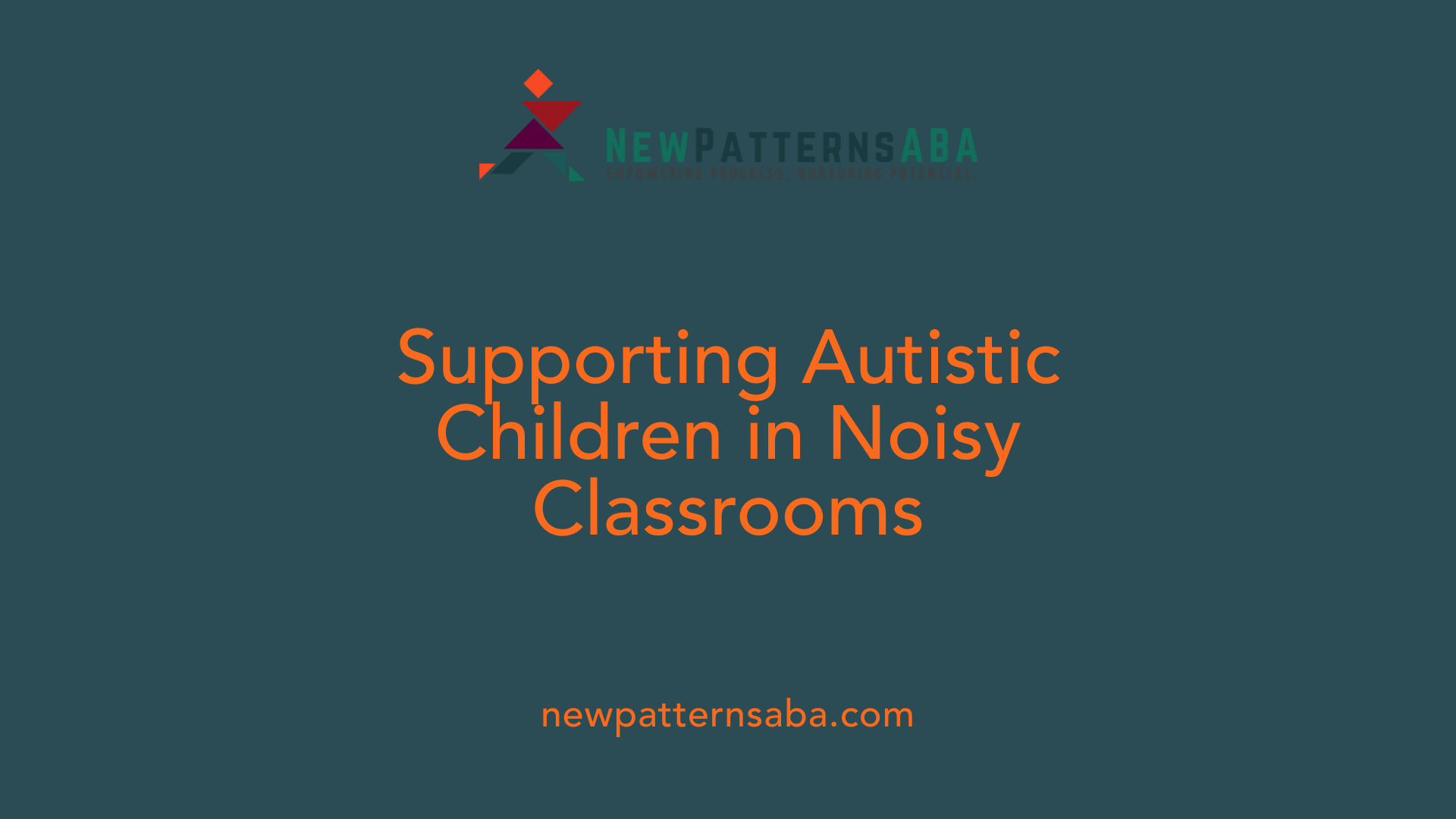
What challenges do autistic children face in noisy educational environments?
Autistic children often struggle significantly in noisy classrooms and other educational settings. Their sensory processing differences, which include hyperreactivity to sounds, make everyday auditory stimuli overwhelming. Many experience decreased sound tolerance, a condition also known as decreased sound sensitivity (DST), which encompasses hyperacusis, misophonia, and phonophobia.
Hyperacusis makes sounds seem louder or more painful than they are, causing discomfort and distress. Misophonia involves strong emotional reactions to specific trigger sounds, while phonophobia causes fear and avoidance of certain noises. These sensitivities can lead to feelings of anxiety, physical pain, or both, which impact their ability to remain focused and engaged.
Background noise, such as chatter, equipment sounds, or reverberations, can easily drown out speech from teachers or peers. This makes it difficult for autistic students to understand instructions, participate in discussions, or follow lessons. Struggling to process auditory information can result in frustration, behavioral reactions like covering their ears, or withdrawal from social interactions.
Research indicates that many autistic children exhibit behaviors such as covering their ears, seeking quiet areas, or wearing noise-canceling headphones to cope with overwhelming environments. These behaviors are often misunderstood as defiance or inattentiveness but are actually responses to sensory overload.
The impact extends beyond just classroom learning. Noise sensitivity can lead to fatigue, increased stress, and social withdrawal, affecting emotional wellbeing and social participation. Teachers and staff might not always be aware of how much noise influences autistic students' behavior, underscoring the importance of creating acoustically friendly environments.
Enhancing acoustic conditions through the use of sound-absorbing materials, architectural modifications, and noise-reducing strategies can help mitigate these issues. Understanding sensory sensitivities and providing tailored accommodations are essential to support autistic children in achieving better learning and social outcomes.
Research Findings on Hyperacusis, Misophonia, and Phonophobia in Autism
Many individuals with autism experience decreased sound tolerance, with estimates suggesting that between 38% and over 70% face challenges such as hyperacusis, misophonia, and phonophobia. Hyperacusis, characterized by an exaggerated perception of loudness, means that everyday sounds can seem painfully loud or overwhelming. This heightened sensitivity is believed to stem from increased central auditory gain, possibly due to abnormal processing within the auditory brainstem or an imbalance in neural excitation and inhibition.
Misophonia involves intense emotional reactions like anger, disgust, or anxiety triggered by specific trigger sounds. Neuroimaging studies highlight hyperactivation of the salience network in the brain, especially regions like the anterior insula, which assigns significance to sounds and can amplify emotional responses.
Phonophobia, or fear of sounds, appears as a specific phobia maintained by dysfunctional fear learning mechanisms. It involves hyperactive fear and salience-related circuits, notably the amygdala, which results in reduced habituation to certain disturbing sounds.
These conditions often co-occur, creating a complex sensory profile that can lead to significant distress, social withdrawal, and increased anxiety for autistic individuals. Understanding the neurophysiological mechanisms behind these sensitivities helps inform targeted approaches for assessment and intervention, ultimately aiming to improve quality of life and social participation.
| Condition | Prevalence Estimate | Main Characteristics | Neural Mechanisms |
|---|---|---|---|
| Hyperacusis | 38%-70% | Overwhelming perceived loudness | Increased central auditory gain, brainstem processing anomalies |
| Misophonia | Not precisely quantified, but significant | Emotional reactions to specific sounds | Hyperactivation of salience network, limbic involvement |
| Phonophobia | Also prevalent, especially in ASD | Fear and avoidance of sounds | Dysfunctional fear extinction, amygdala hyperactivity |
Research continues to explore these sensitivities, emphasizing the importance of tailored interventions that address their neurophysiological basis, helping reduce distress and improve social engagement for those on the autism spectrum.
Strategies and Environmental Modifications to Reduce Noise Impact
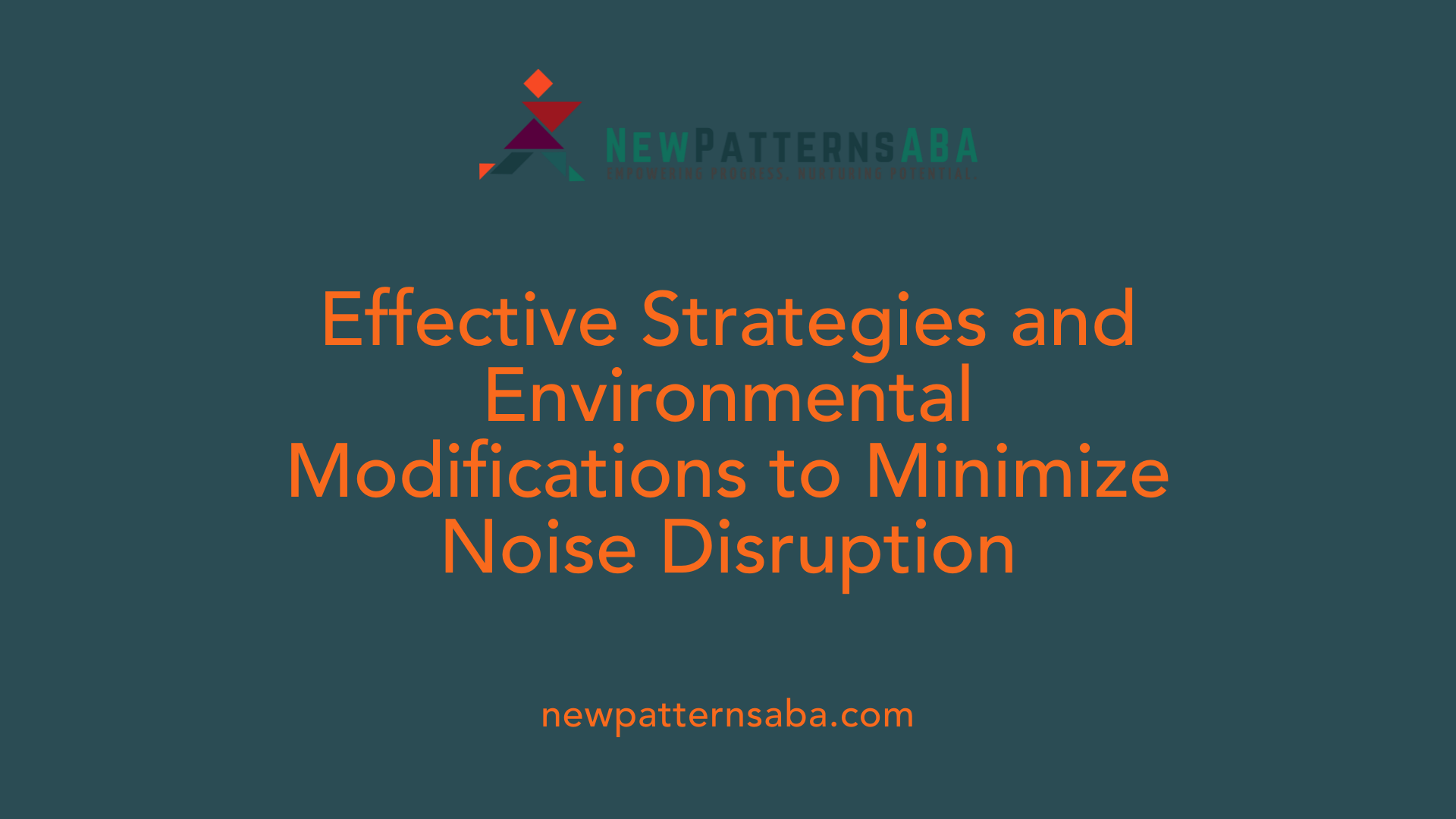
What strategies can be used to manage noise and improve learning and behavior in autism?
Managing noise sensitivities in individuals with autism requires a comprehensive approach focused on creating supportive environments and using tailored interventions. One effective strategy is the implementation of acoustic treatments within educational and community spaces. Installing soundproofing materials such as acoustic tiles, carpets, and draperies can significantly reduce echo and reverberation, making environments more comfortable for autistic individuals.
In addition to structural modifications, the use of noise-canceling headphones can help during particularly noisy or overwhelming situations. These headphones offer immediate relief and allow individuals to self-regulate sensory input. Creating quiet zones or calm rooms within schools and workplaces provides designated safe spaces where individuals can retreat when noise becomes distressing.
Behavioral therapies play a vital role in managing noise sensitivities. Techniques like exposure therapy gradually desensitize individuals to environmental sounds, reducing hyperreactivity over time. Routine scheduling of quiet and noisy periods helps individuals anticipate and adapt to different auditory environments, decreasing anxiety.
Furthermore, environmental adaptations are complemented by professional interventions. Audiologists and occupational therapists can develop personalized strategies to address specific sensitivities, such as hyperacusis or misophonia. Incorporating sound-based therapies like music therapy and natural sound exposure may also enhance emotional regulation and reduce core ASD symptoms.
Ultimately, a mix of environmental, behavioral, and professional interventions—including careful use of sensory tools and structured routines—creates a more inclusive setting that supports learning and behavioral stability for those with autism.
Additional measures to enhance sound management include:
| Strategy | Description | Consideration |
|---|---|---|
| Acoustic treatments | Installing sound-absorbing materials like tiles, carpets, and draperies | Reduces echo and reverberation, making spaces calmer |
| Noise-canceling devices | Use during noisy periods or outings | Should be introduced cautiously to prevent over-dependency |
| Quiet zones | Designated areas where noise levels are minimized | Helps individuals regulate sensory input and prevent overwhelm |
| Professional therapies | Auditory training, cognitive-behavioral strategies, and occupational therapy | Tailored to individual sensitivities and developmental needs |
Environmental modifications, when combined with professional support, can significantly diminish distress caused by noise, thereby creating more accessible and comfortable spaces for individuals with autism.
Further Reading
| Research Focus | Description | Search Query |
|---|---|---|
| Managing noise sensitivities in autism | Strategies to create sensory-friendly environments | managing noise sensitivities in autism |
| Architectural solutions | Acoustic treatments and environmental modifications | acoustic modifications for autism support |
| Therapeutic interventions | Sound and behavioral therapies | therapies for noise sensitivities in autism |
Fostering Inclusive Educational Environments
Effective management of noise in educational settings is crucial for supporting autistic students. Architectural design, environmental modifications, and targeted therapies can significantly reduce noise-related stress, enhance concentration, and promote positive social interactions. As awareness of sensory sensitivities grows, creating acoustically optimized environments will be essential for inclusive education, helping autistic learners achieve better educational and social outcomes while respecting their sensory needs.
References
- The Influence of Noise on Autonomic Arousal and ...
- The impact of noise and soundscape on children with ...
- A Review of Decreased Sound Tolerance in Autism
- What Do We Know About Noise Sensitivity In Autism?
- Noise and autism spectrum disorder in children
- Autistic Students' Sensitivity to Classroom Noise
- A Review of Decreased Sound Tolerance in Autism
- Understanding the listening difficulties of autistic people
- What Do We Know About Noise Sensitivity In Autism?






